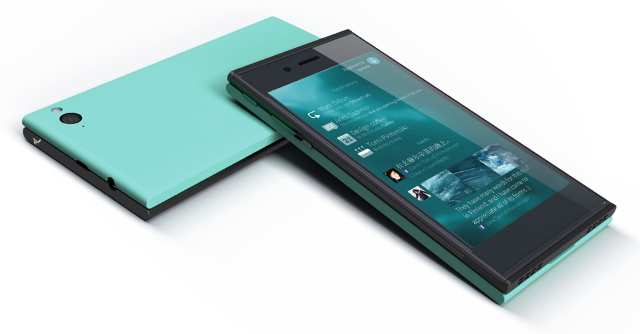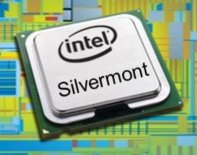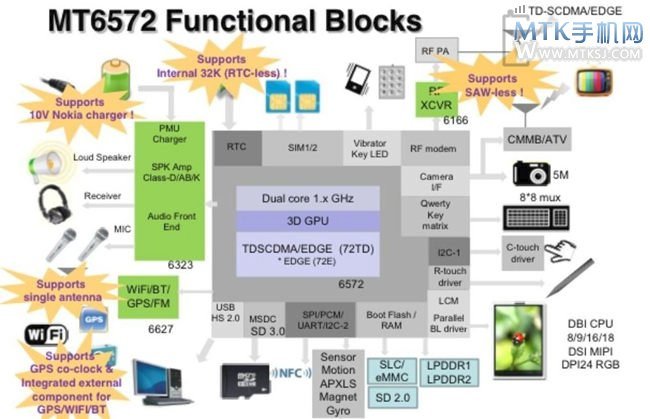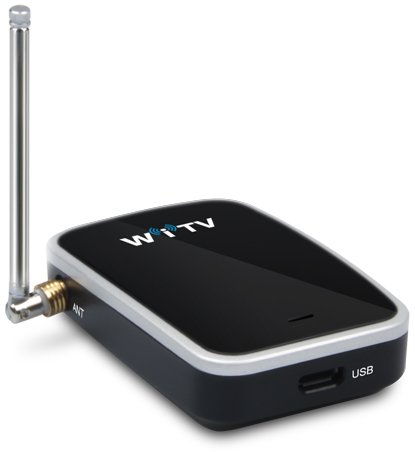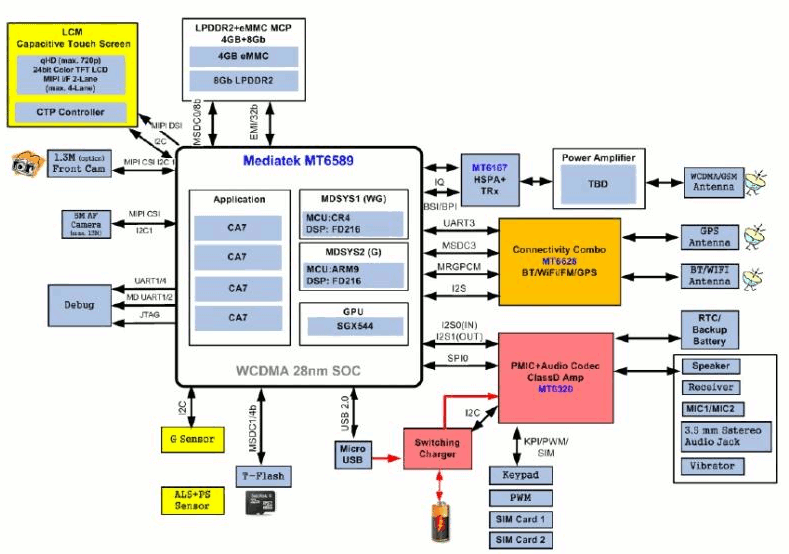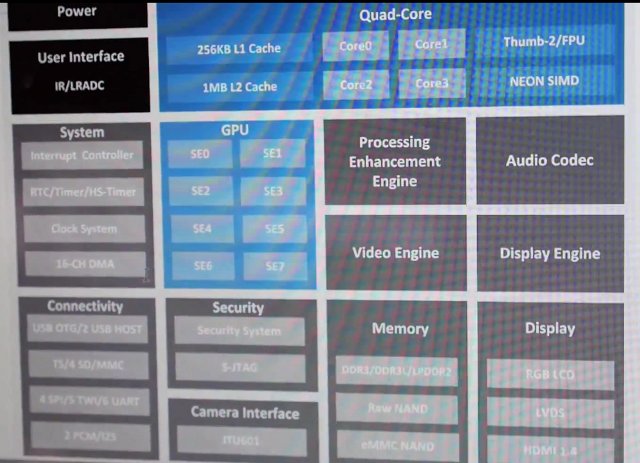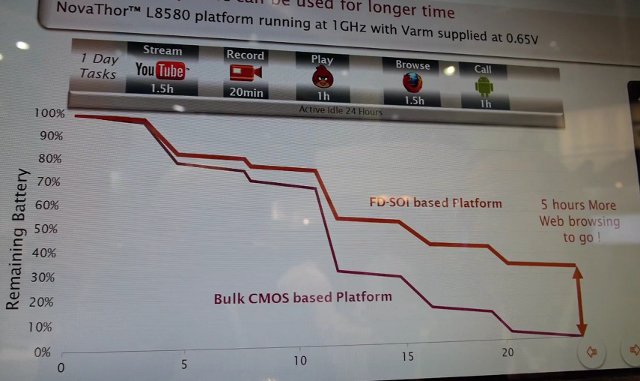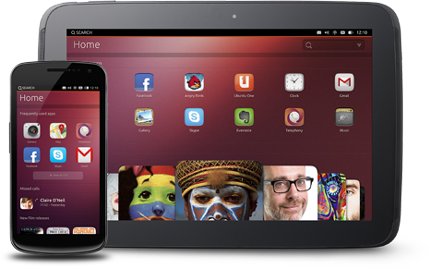After a teaser tweet in July 2012, Jolla officially announced Sailfish OS in November 2012, and today, they’ll announce the first Jolla Smartphone, which is available for pre-order. Key features of the Jolla smartphone: SoC – Dual core processor Storage – 16GB Flash + microSD Display – 4.5” Estrade display Camera – 8MP auto-focus rear camera Network – 4G Battery – User-replaceable battery The device will run gesture based Sailfish OS, and you’ll be able to run Android apps. For a closer look, have a look at the teaser video. One caveat if that the smartphone should only be available at the end of 2013, and, at the beginning at least, only in Europe. The phone will cost 399 Euros including (24%) VAT, but you can pre-order today via 3 options: 100 Euros voucher – Jolla phone + other half (apparently a customizable shell) + priority pre-order status 40 Euros […]
Intel Takes on ARM with Silvermont Microarchitecture for Low Power SoCs
Intel has launched Silvermont, a new microarchitecture for low power SoC targeting smartphones, tablets, and servers in data centers. Silvermont SoC will be manufactured using 22nm Tri-Gate SoC process, and the company claims 3x times more peak performance than current generation Atom processors, or 5 times less power consumption at the same performance level. Silvermont will be used in Bay Trail, Avoton, and Merrifield processors: Intel’s quad-core “Bay Trail” SoC is scheduled for Q4 2013 tablets, and variants of the “Bay Trail” platform will also be used in market segments including entry laptop and desktop computers. Intel’s “Merrifield” is scheduled to ship to customers by the end of this year, and actual smartphones will show up in 2014. Intel’s “Avoton” will be used in low power microservers, and provide full server product capability that customers require including 64-bit, integrated fabric, error code correction, Intel virtualization technologies and software compatibility. Intel […]
Mediatek Announces MTK6572 Dual Core Cortex A7 SoC For Entry-Level Smartphones
MediaTek has recently announced the MT6572, a dual-core SoC with integrated Wi-Fi, FM, GPS and Bluetooth functions targeted at the entry segment. This SoC, manufactured using 28nm process technology, comes with a dual core cortex A7 processor @ 1.2GHz combined with a Mali-400 GPU and a multi-mode Rel. 8 HSPA+/TD-SCDMA modem. Other characteristics include support for up to HD 720p video playback and recording, 5MP camera, and up to qHD (960×540) displays. One of the first smartphones based on the platform will be Sunspan D28X and D26X with 4.5″ display, 5MP camera, and running Android 4.2 version of the system. Both devices will come with 1600 mAh battery., and both will cater for the Chinese market with D28X supporting TD-SCDMA (China Mobile), and D26X W-CDMA (Unicom). MediaTek claims MT6572 can be expected in hundreds of commercial models which will sell in June and beyond. MT6582, the quad core version, is […]
Watch and Record Live TV on Android or iOS Mobile Devices with Geniatech WiTV
If you’ve ever wanted to watch live digital TV on your tablet or smartphone, there’s now a solution. Geniatech WiTV is a tiny battery powered DVB receiver also acting as Wi-Fi access point in order to stream live TV to your mobile devices. You can use this device within your house or on the go, but it has to be within 5 to 7 meters from your tablet or smartphone to work properly. The specifications released are limited, but we still know the following: Frequency range – 177.5 – 226.5MHz (VHF); 474 – 858MHz (UHF) Digital TV standards – DVB-T Mpeg 2, Mpeg 4 and H.264; ISDBT oneseg 802.11 b/g/n WiFi Standard Support Micro USB for recharging Up to 3 hours of TV viewing (TBC) iOS devices must run IOS 5.0 or IOS5.1, and Android 3.0 or greater is supported. You’ll need to install SianoTV for Android or iOS, scan […]
Mediatek MT6589 Quad Core Cortex A7 Smartphones Galore
Last week, I wrote about low cost quad core tablets based on Actions Semi ATM7029, and today it’s time to look at cheap quad core smartphones, which are all powered by Mediatek MT6589 quad core Cortex A7 SoC, with prices starting at about $130 US. I’ll start by a short overview of Mediatek processor, followed by a few smartphones based on MT6589, starting with higher priced smartphones / phablets with bigger screens and more features to the cheapest ones. Mediatek MT6589 Overview Beside featuring four ARM Cortex-A7 cores, this SoC comes with an Imagination Technologies PowerVR Series5XT GPU, namely SGX544, an advanced multi-mode UMTS Rel. 8/HSPA+/TD-SCDMA modem and dual SIM support. On the multimedia side, it supports cameras up to 13MP, 1080p video playback and recording at 30fps, and LCD screens up to Full HD resolution (1920×1080). It is usually interface with MT6620 connectivity combo providing 802.11n Wi-Fi, BT4.0, GPS […]
AllWinner Announces A31s Processor for Phablets, Hints about Ubuntu Devices
AllWinner is currently a Mobile World Congress 2013, and Charbax had the chance to interview Eva, manager at AllWinner, and learn more about new processors, and future plans by the company. They spent some time discussing about AllWinner A31 and AllWinner A20 quad and dual Cortex A7 processors, but since we’ve know about those for a while I’ll skip this part. The most interesting part is about AllWinner A31s, a cost down version of A31, specifically designed for phablets (smartphones with 5″ to 7″ screens). Like AllWinner A31, AllWinner A31s is also a quad core Cortex A7 processor with PowerVR SGX544MP2 GPU (8 shader engines) and the following specifications: CPU – ARM Cortex-A7 Quad-Core with 256KB L1-Cache/1MB L2-Cache GPU – POWERVR SGX 544MP2 with 8 logic cores. OpenGL ES2.0, Open CL1.x and DX 9_3 compliant. Memory 32-bit Dual-Channel LPDDR2/DDR3/DDR3L Controller, 8-bit NAND FLASH Controller with 64-bit ECC Video UHD H.264 […]
ST Ericsson NovaThor L8580 Dual Core Processor To Match big.LITTLE Quad Core Processors Performance and Power Consumption
ST Ericsson already showcased NovaThor L8580 Cortex A9 processor @ 2.8 GHz at CES 2013. The processor features a technology called eQuad, and as I previously noticed there’s no mention of the number of cores at all on the website and many websites reported the processor featured 4 cores. The processor actually features 2 Cortex A9 core, but thanks to FD-SOI technology they are able to do the equivalent of a Quad Core big.LITTLE processor (i.e. 2x Cortex A15 + 2x Cortex A7) electrically. Since this is just done electrically, you can use the same software as before and will consume much less power, whereas big.LITTLE requires a lot of kernel work. A Cortex A9 will obviously be less powerful than a Cortex A15, but since they are able to boost the frequency up to 3GHz (probably limited to 2.5Ghz in actual product) this can compensate the lower performance, and […]
Ubuntu Touch Developer Preview Is Now Available for the Galaxy Nexus and Nexus 4, 7 and 10 Devices
As promised with the announcement of Ubuntu on Tablets, Canonical released a developer preview of Ubuntu 12.10 for smartphones and tablets that can be installed in Galaxy Nexus and Nexus 4 smartphones, as well as Nexus 7 and Nexus 10 tablets. It is an experimental development snapshot that could potentially brick your device. Many features are still not available but you should be able to access the following: Shell and core applications Connection to the GSM network (on Galaxy Nexus and Nexus 4) Phone calls and SMS (on Galaxy Nexus and Nexus 4) Networking via Wifi Functional camera (front and back) Device accessible through the Android Developer Bridge tool (adb) You’ll be able to reinstall Android after trying it out, but all your data will be lost, unless you use apps such as Titanium Backup. The instructions to install Ubuntu 12.10 Touch are available on Canonical website, and you’ll basically […]


